Sandwiched PCM CFD Simulation by Ansys Fluent
$100.00 Student Discount
- The problem numerically simulates Sandwiched PCM between two concentric cylindrical tubes using ANSYS Fluent software.
- We design the 3-D model by the Design Modeler software.
- We Mesh the model by ANSYS Meshing software.
- The mesh type is Structured, and the element number equals 360000.
- We perform this simulation as unsteady (Transient).
- We use the Solidification and Melting model to define phase change materials.
Click on Add To Cart and obtain the Geometry file, Mesh file, and a Comprehensive ANSYS Fluent Training Video.
To Order Your Project or benefit from a CFD consultation, contact our experts via email ([email protected]), online support tab, or WhatsApp at +44 7443 197273.
There are some Free Products to check our service quality.
If you want the training video in another language instead of English, ask it via [email protected] after you buy the product.
Description
Sandwiched PCM CFD Simulation, Ansys Fluent Training
In this project, a Sandwiched PCM CFD Simulation between two concentric cylindrical tubes was simulated, and the results were investigated using ANSYS Fluent software. We perform this CFD project and investigate it by CFD analysis.
The three-dimensional geometry of this project has been produced with Design Modeler software. The length and width of the calculation area are 50 cm, and the height is 300 cm.
We carry out the model’s meshing using ANSYS Meshing software. The mesh type is Structured, and the element number is 360000.
Sandwiched PCM Methodology
In this project, the phase change materials (PCM) sandwiched between two concentric cylindrical tubes have been simulated using Ansys Fluent software. PCM is trapped inside two cylindrical walls, and the inner wall has a high temperature.
These materials can store thermal energy and energy storage and discharge. The PCM properties are defined as a function of temperature. Also, the temperature of the heated wall changes based on the distance from the inlet boundary, causing a non-uniform melting profile.
Moreover, the RNG k-epsilon model is used to solve turbulent fluid equations.
Sandwiched PCM Conclusion
After the solution, two-dimensional contours related to the velocity, temperature, and liquid volume fraction are obtained.
For instance, based on the liquid volume fraction contour, we can see that the PCM material near the hot wall changes phase due to rising temperature and changes from solid to liquid, forming a liquid layer. Gradually, the thickness of this layer increases.
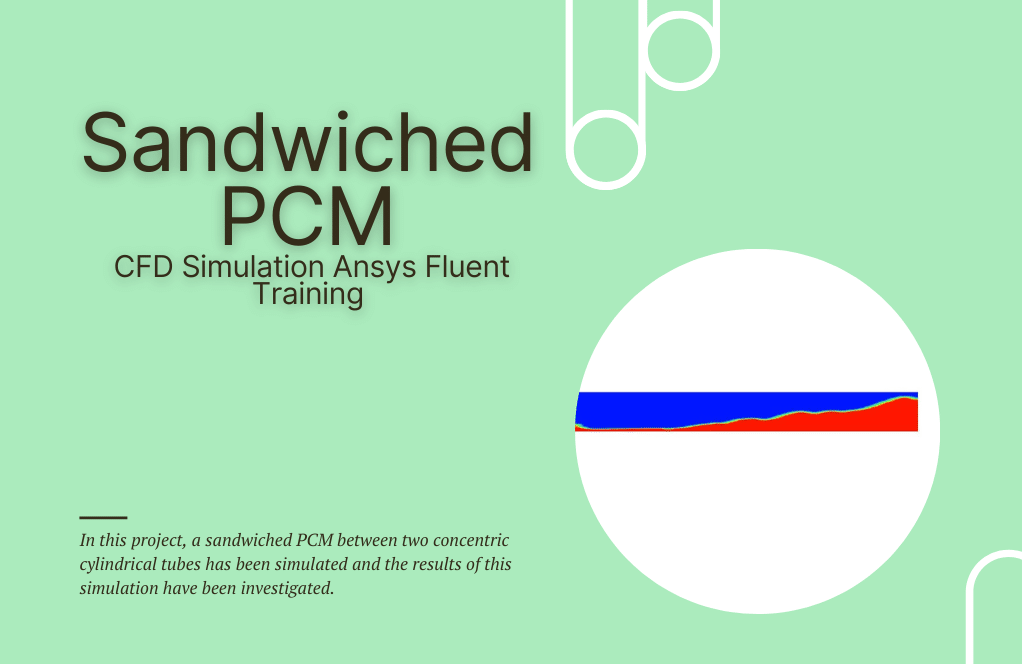
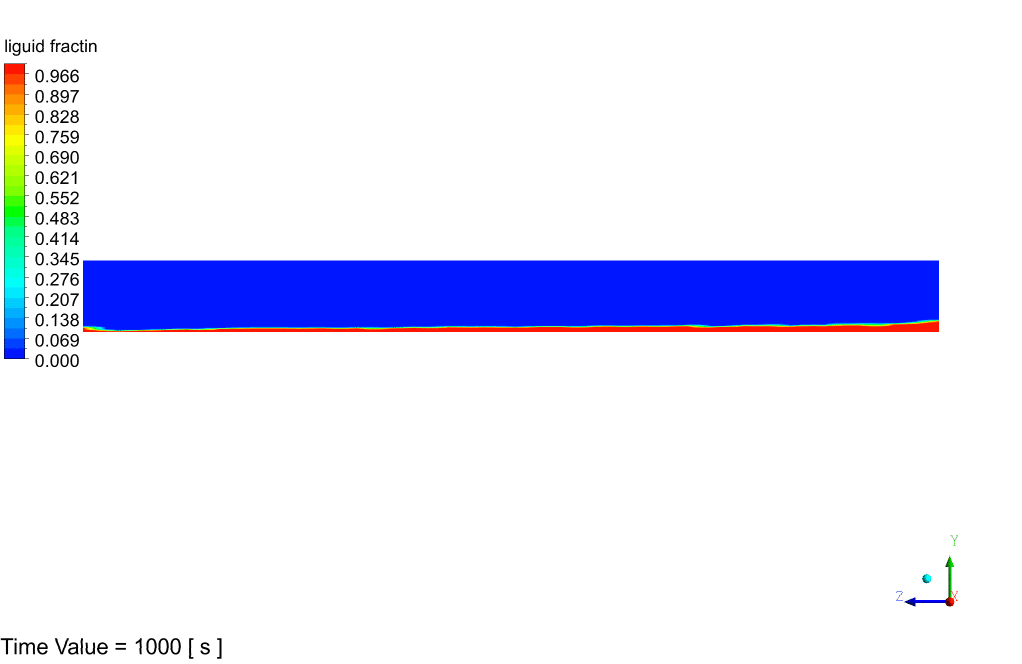
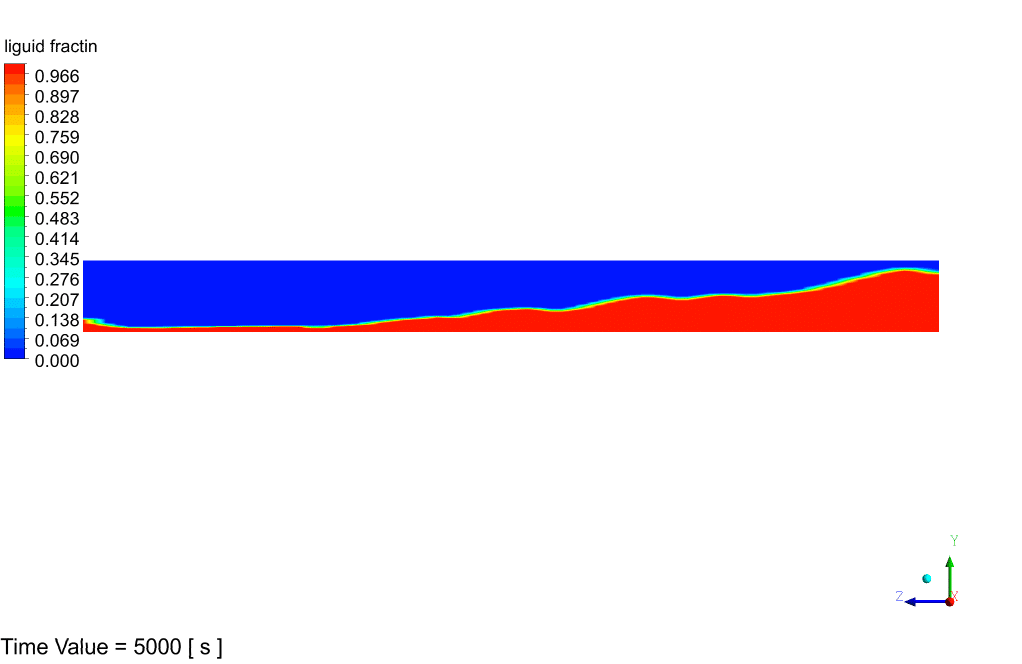

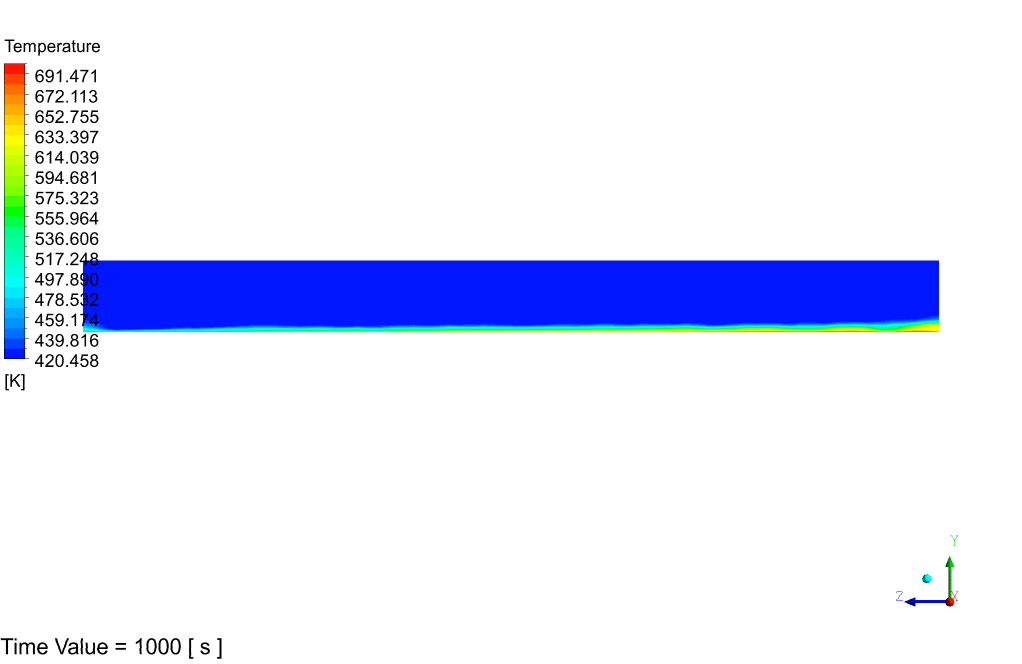
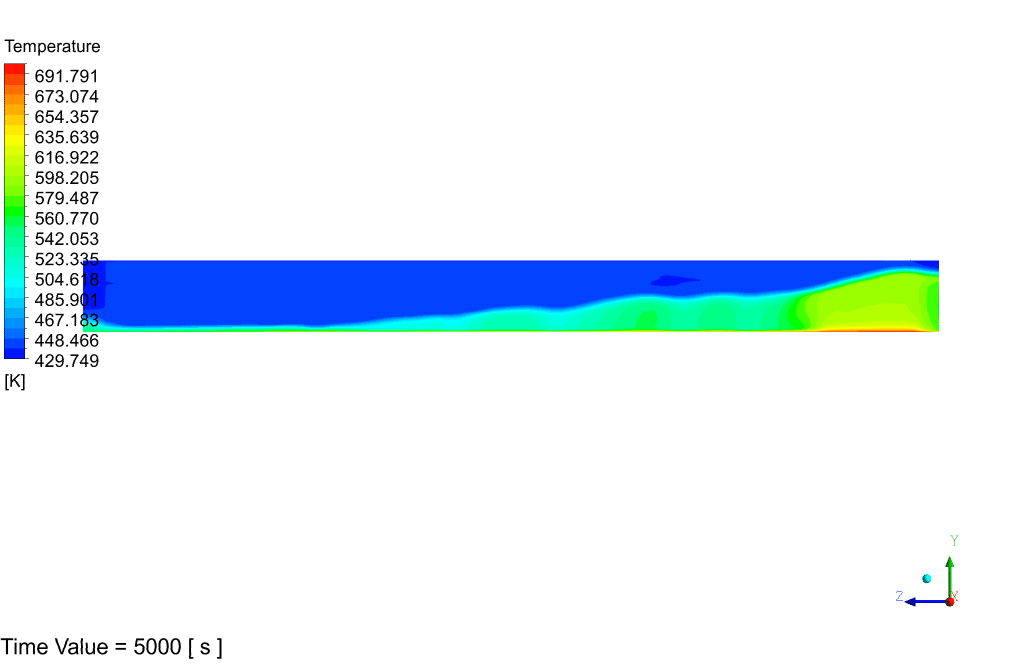
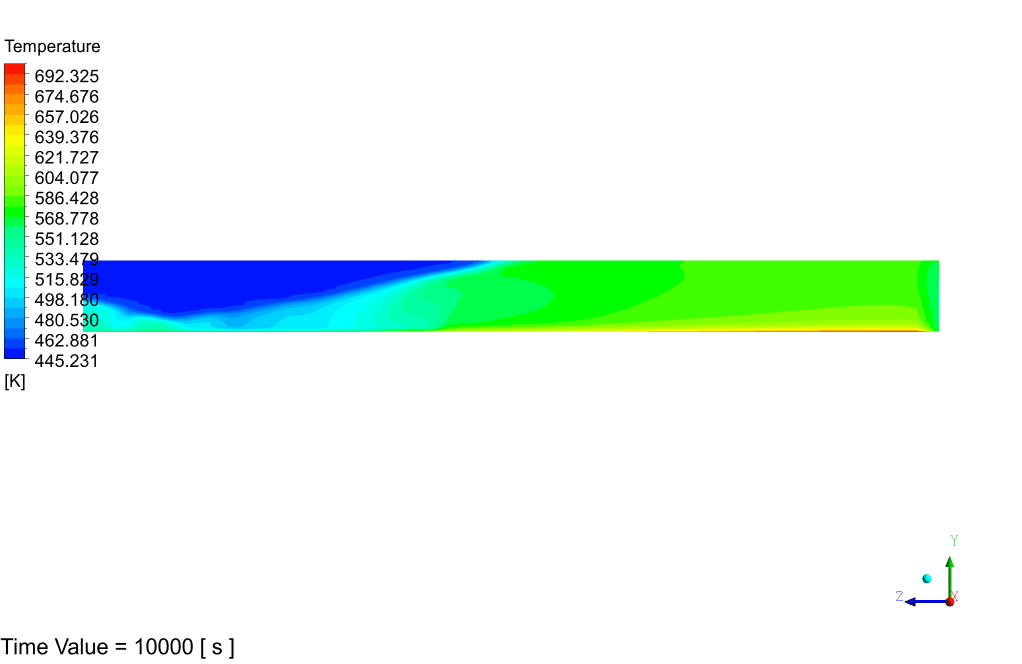
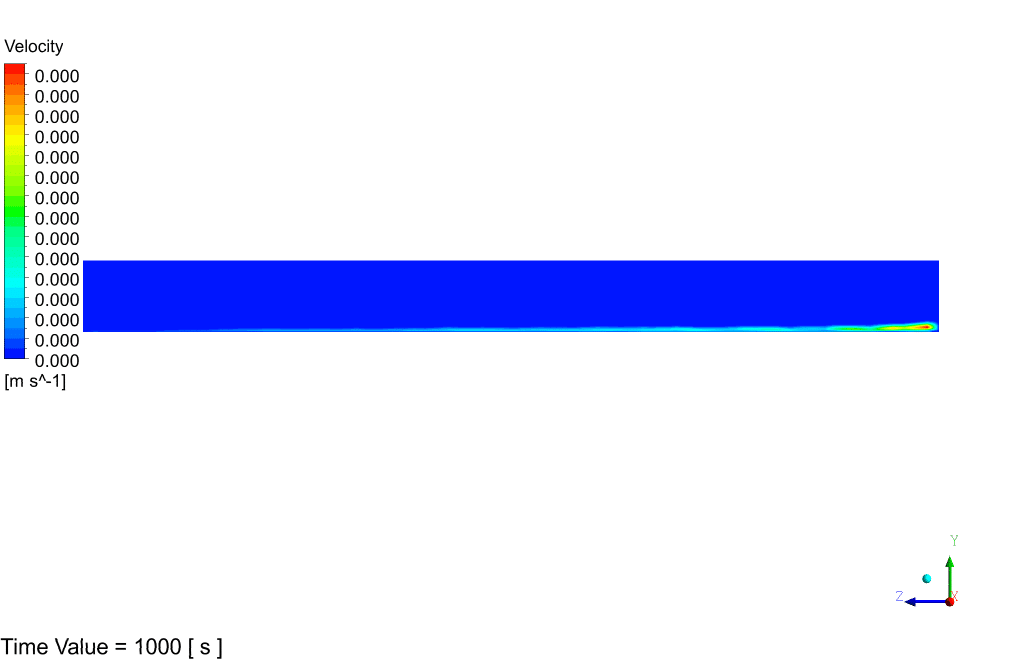

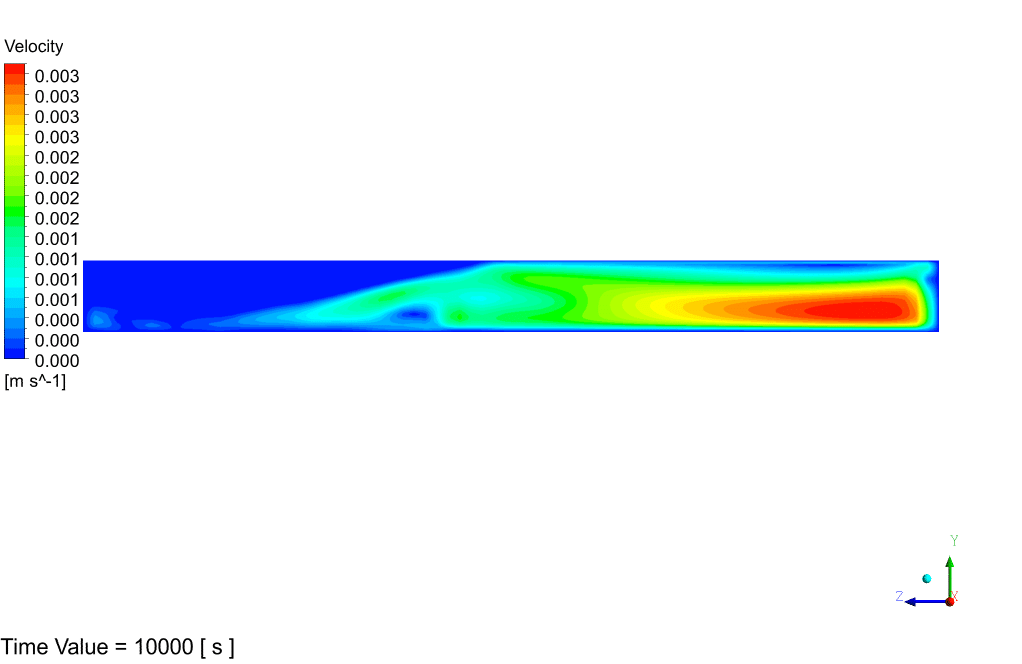

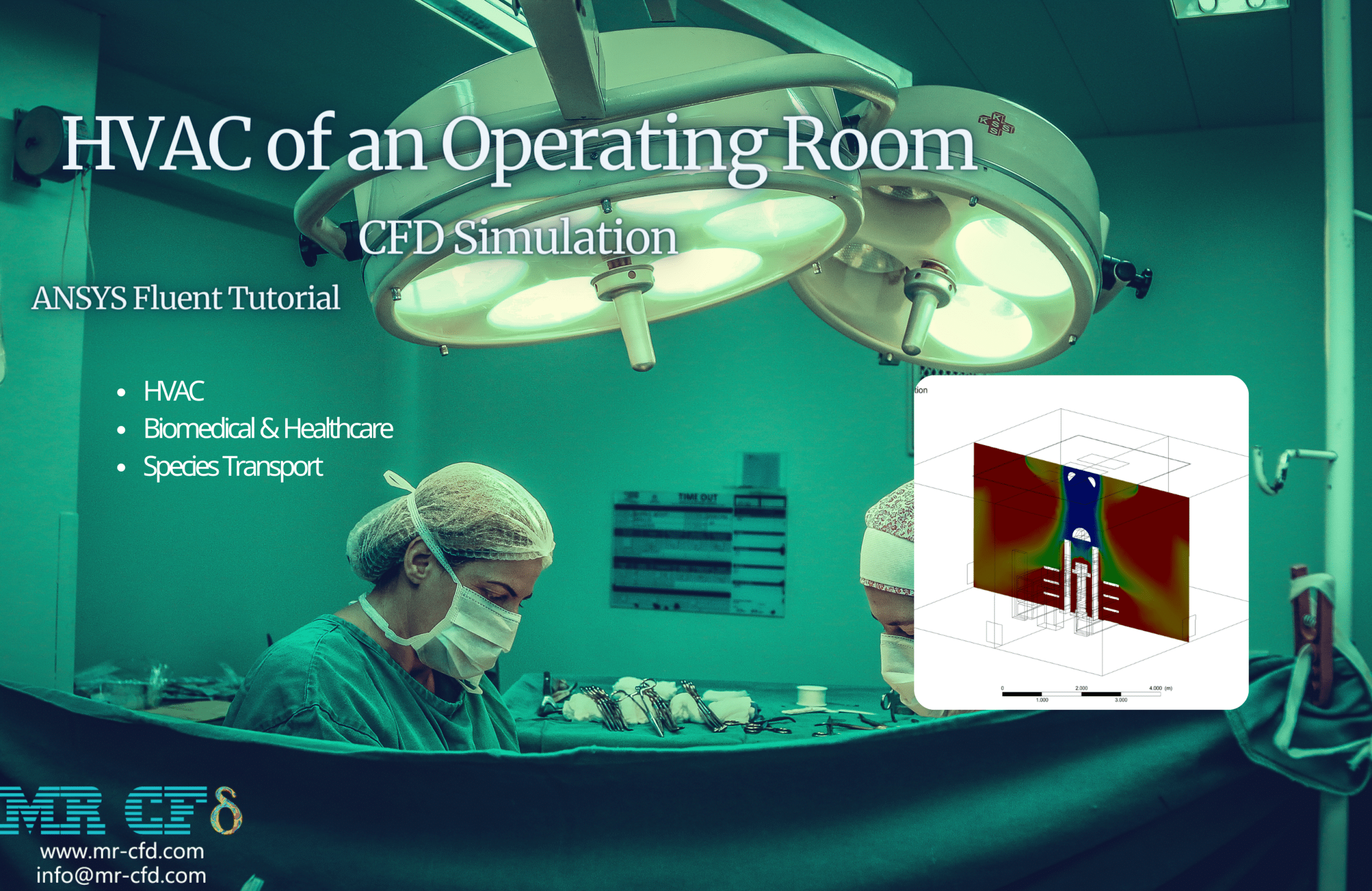

Ms. Idell Hagenes –
I appreciate the clarity and detail provided in the Sandwiched PCM CFD Simulation training. The structured mesh and attention to thermal properties of PCM were particularly impressive. Thank you for a high-quality learning resource!
MR CFD Support –
Thank you for your positive feedback! We’re delighted to know that you found our Sandwiched PCM CFD Simulation valuable and informative. Your appreciation motivates us to continue delivering quality educational content and simulations. If you have more questions or need further assistance in your learning journey, please don’t hesitate to reach out.
Kellen Rath –
I’m amazed by how well the sandwiched PCM simulation captures the phase change process. The details in changing temperatures and the melting profile are incredible!
MR CFD Support –
Thank you for your kind words! We’re thrilled to hear that the results of the sandwiched PCM simulation were so insightful for you. Capturing the intricate details of phase change is critical, and we’re glad ANSYS Fluent was able to provide such a clear visualization. We appreciate your feedback and are here for any further questions you might have.
Mr. Brayan Kiehn IV –
I’m so impressed by how the Sandwiched PCM CFD Simulation manages to capture the transition from solid to liquid around the hot wall! Do the results include any data on the efficiency of energy storage during this phase change?
MR CFD Support –
Thank you for your positive feedback! The simulation focuses on capturing the phase change process and the change in physical properties of the PCM. While efficiency of energy storage is a critical aspect of PCMs, the provided data primarily includes temperature, velocity, and volume fraction contours. Detailed efficiency analysis would require additional post-processing of simulation data to calculate heat transfer rates and energy storage over time.
Percival Harvey I –
I just completed the Sandwiched PCM CFD Simulation by Ansys Fluent tutorial and found it extremely enlightening. It meticulously illustrated the phase change and the PCM melting profile with clarity. Superb tutorial!
MR CFD Support –
Thank you for the positive feedback! We’re thrilled to hear that the tutorial met your expectations and provided clear insights into the phase change process. We strive to create thorough and comprehensive materials for our learners, and it’s rewarding to know we’ve achieved that. Keep learning and enjoy your CFD journey!
Mariah Tromp –
I just completed the Sandwiched PCM CFD Simulation training, and I am amazed by how well it explains the phase change phenomenon in materials. The use of visual representations, like the contours for temperature and liquid volume fraction, really helped me understand the changes occurring during the simulation.
MR CFD Support –
Thank you for your wonderful feedback! We’re thrilled to hear that the training helped deepen your understanding of the phase change process and that you found the visual components beneficial. We strive to provide clear and instructional content, and it’s rewarding to know when it’s been effective for our customers.
Verna Ferry –
I’m astounded by how the sandwiched PCM between the cylindrical tubes produces such effective energy storage. Can we apply this methology to larger scales for industrial use?
MR CFD Support –
Thank you for your kind words about the sandwiched PCM CFD Simulation! Yes, the methodology demonstrated in the simulation can be scaled to larger industrial applications. It’s designed to provide insights into the phase change material behavior, which is scalable depending on the requirements of energy storage systems in various industries.
Maiya Ward –
I am delighted with how the simulation demonstrates the phase change in the PCM! Could you clarify how the temperature on the hot wall is varied and how this affects the melting profile?
MR CFD Support –
The temperature on the hot wall in this simulation is varied based on the distance from the inlet boundary. A gradient or particular function is applied to create a temperature distribution along the wall. Consequently, this leads to a non-uniform melting profile of the phase change material (PCM) where it transitions from solid to liquid. As the temperature rises closer to the inlet, the PCM melts more quickly, creating a thicker liquid layer. Farther from the inlet, where temperatures are lower, the phase change occurs more slowly or might not occur within the simulation timeframe.
Cortney Greenfelder –
Adding to my bookshelf of CFD knowledge, this resource demonstrated complex simulations with clarity. The outcome was powerful, offering insights into the behavior of PCM between concentric cylinders. Appreciate the depth!
MR CFD Support –
Thank you for recognizing the effort and detail in our Sandwiched PCM CFD Simulation tutorial. It’s great to hear that our resources are valuable additions to your knowledge. Your feedback fuels our commitment to delivering high-quality educational content.
Eusebio Runolfsdottir –
I was utterly fascinated by the clear visual representation of the phase change in the materials. You could observe the transition from solid to liquid PCM close to the hot wall, beautifully illustrated in the contours. The gradient effect achieved through the non-uniform melting profile was exceptionally educational for understanding thermal dynamics in heterogeneous systems.
MR CFD Support –
Thank you for your positive feedback! We’re thrilled to know that the simulation clearly demonstrated the phase transition and helped enhance your understanding of thermal dynamics in such systems. It’s always our goal to provide informative and visually comprehensive learning tools. If you have any further questions or require additional insights, please feel free to reach out to us.
Deshaun Macejkovic –
Very satisfied with the clarity in the methodology for capturing phase change materials. The incremental details presented in the results show a comprehensive understanding of heat transfer and material science. The visual representation through the contours is particularly helpful.
MR CFD Support –
We are thrilled to hear that you found the methodology and the results of the Sandwiched PCM CFD Simulation in ANSYS Fluent clear and comprehensive. It’s great to know that the visual contours aided in your understanding of the heat transfer involved. Thank you for your positive feedback!
Toy Dach I –
I’m impressed by the simulation of phase change materials (PCM) between concentric cylindrical tubes. The capability of ANSYS Fluent to handle temperature-dependent material properties and the non-uniform melting profile is outstanding. Great job on showcasing how effective PCM can be for energy storage solutions!
MR CFD Support –
Thank you very much for your kind words! We’re delighted that you found our simulation results both impressive and educational. It’s always rewarding to hear when our work is appreciated, especially in showcasing the innovative applications of CFD in energy efficiency solutions. If you have any more questions or need further information, feel free to reach out to us.
Marley Keebler –
The training and results for the Sandwiched PCM CFD Simulation were truly impressive. Especially impressive was how the phase change material behaved near the hot wall, highlighting the effectiveness of the simulation in modeling energy storage systems.
MR CFD Support –
Thank you for your kind words. We are delighted to hear that you found the simulation results for the Sandwiched PCM impressive. It’s always rewarding to know that our efforts to realistically model complex phenomena are appreciated!